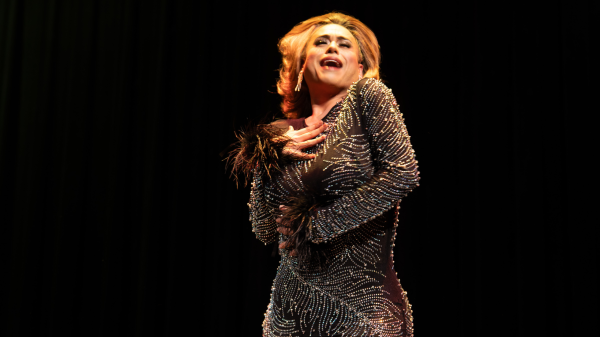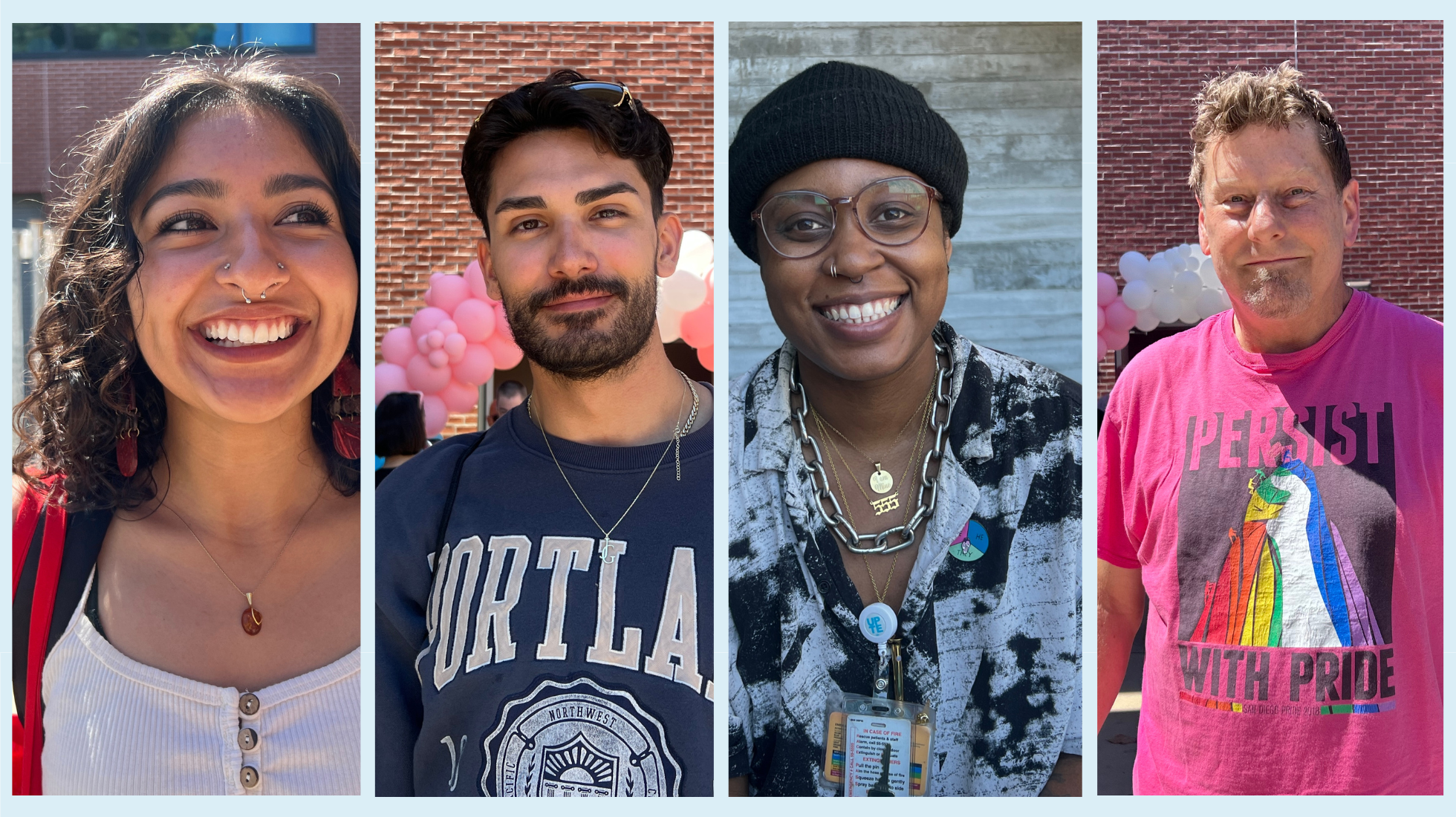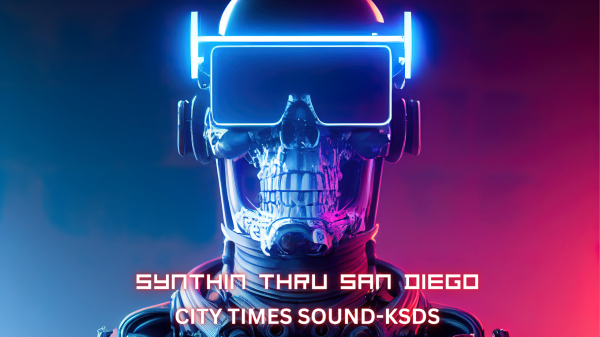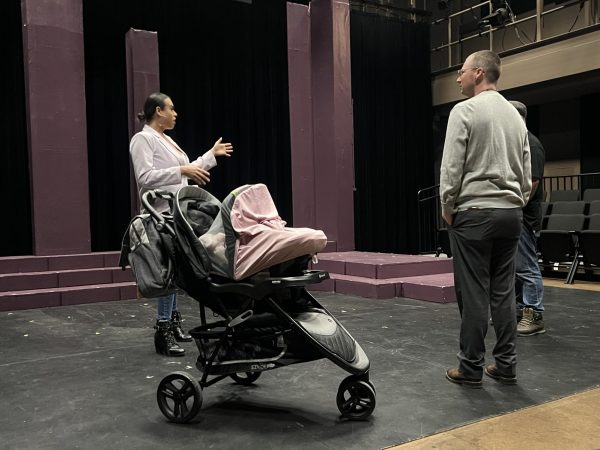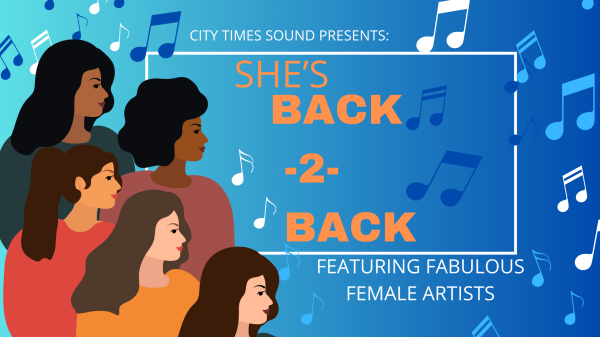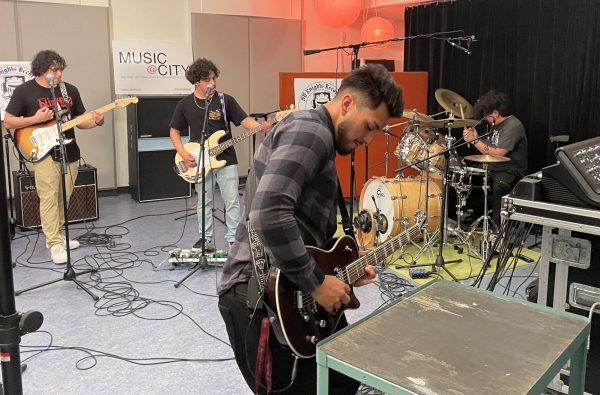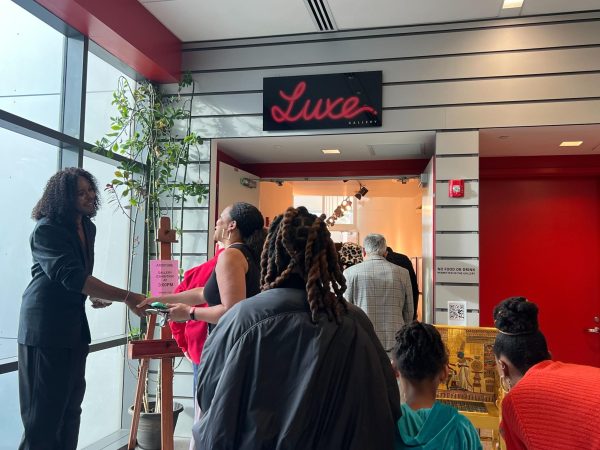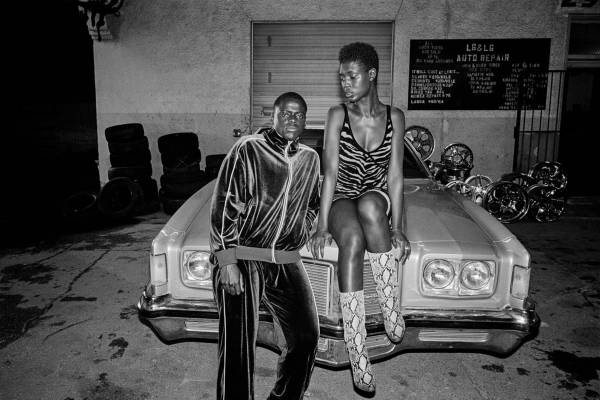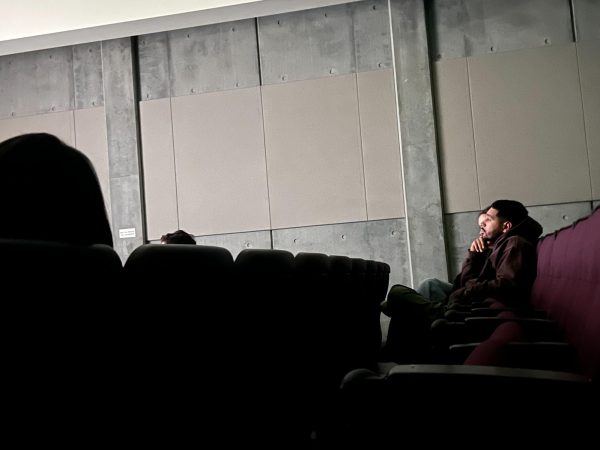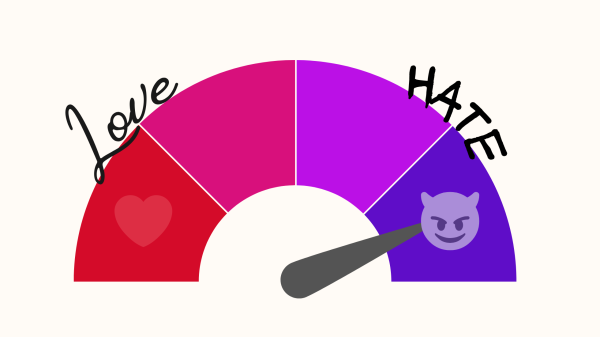13 Reason Why deeply explores teen suicide
April 11, 2017
Spoiler alert
“High school”: hearing these two simple words can flash you back to four years of rumors, drama, hormones and hard times where you were likely a target at least once.
“13 Reasons Why” is a Netflix original series released on March 31, 2017, directed by Tom McCarthy and produced by singer/actress Selena Gomez. The series focuses on Hannah Baker, played by Katherine Langford, a teenage girl who commits suicide. Each of the reasons behind her choice to end her life is addressed through a series of cassette tapes that contain the thirteen reasons, including the people, she deems responsible for her death.
The show does not focus on the suicide itself, but on all the other factors and small details that contributed to Hannah Baker’s decision. What follows contains details of the show that may be spoilers if you haven’t made your way through the whole series.
Catcalling, sexual harassment, blackmailing, misunderstandings, rape, drugs, alcohol, a best and worst body list, secrets, internalized homophobia and adults too busy for teenage drama are some of the situations presented in the series.
Each chapter tends to get more difficult to watch and the last two chapters even have a viewer discretion warning alarming viewers about disturbing scenes.
It all starts with a photo of Hannah Baker that gets spread around the school without her consent. Strike one; 12 more reasons to go. As Hannah explains, each reason has a butterfly effect and “everything affects everything.”
The chapters are shown in a parallel form as Clay Jensen — Hannah’s friend and secret crush — listens to the tapes while flashbacks are shown of the different situations described on tape.
It is interesting to see how Hannah attempts to make every person she identifies as being related to her death, understand how each of them contributed. However, while each of the characters mentioned on the tapes tries to figure out how to cope with the situation, Hannah’s parents are left with no explanation, no letter or tape giving them any idea of her motives. For this reason her parents decided to blame the school, go to court and search for clues that could give them answers.
Hannah decides to give life one last try on the planned day of her death. She talks with the school counselor, giving him hidden statements about her decision in hopes he will help her through it. When this doesn’t go as hoped, in her mind, she’s left with no choice but to kill herself.
“13 Reasons Why” is better than I expected. The situations have the feel of reality. If they have not happened to you they very well may have happened to one of your friends. It shows the audience what the life of a teenage girl can be and how complications can grow day by day. The series also shows how every action has a hidden motive behind it, and how most of the time no one is willing to talk about it.
The show has a 30-minute special feature called “13 Reasons Why: Beyond the Reasons.” Director, producers and actors talk about suicide, rape and bullying during high school. The importance of the series and the book is in their straightforward presentation of scenes depicting rape, bullying and suicide. And while much of the audience may be adolescent, the show never talks down to them. The issues are neither glorified nor minimized. The tendency to maudlin romanticization is avoided with a strong sense of realism.


